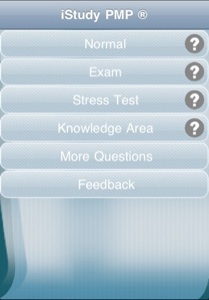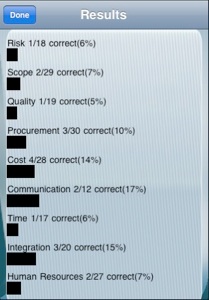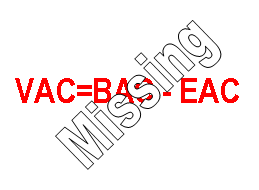 OK, so you got your certification or accreditation through the Project Management Institute (PMI). Now you need to plan on getting 60 PDUs over the next 3 years. Is this too much to ask? I don't think so. How would you feel if your doctor never learned anything new, upon graduating from medical school? Stakeholders should feel that same about people managing or leading projects.
Over the course of the last few years, I've witnessed quite a few people who don't actually work as project managers get their PMP. I know, you've heard me rant about this before. But, since these people were able to navigate the system, what can the system do? Well, I see the PDU as a mechanism that can continually attempt to separate the wheat from the chaff. For some who really aren't contributing to the profession, and were just looking for three initials for a resume, the added cost and effort might not be worth it. To be fair, I also know people who are very experienced and knowledgeable in the area of project management. Requiring them to seek out and log PDUs is just an added deterrent to getting the PMP.
OK, so you got your certification or accreditation through the Project Management Institute (PMI). Now you need to plan on getting 60 PDUs over the next 3 years. Is this too much to ask? I don't think so. How would you feel if your doctor never learned anything new, upon graduating from medical school? Stakeholders should feel that same about people managing or leading projects.
Over the course of the last few years, I've witnessed quite a few people who don't actually work as project managers get their PMP. I know, you've heard me rant about this before. But, since these people were able to navigate the system, what can the system do? Well, I see the PDU as a mechanism that can continually attempt to separate the wheat from the chaff. For some who really aren't contributing to the profession, and were just looking for three initials for a resume, the added cost and effort might not be worth it. To be fair, I also know people who are very experienced and knowledgeable in the area of project management. Requiring them to seek out and log PDUs is just an added deterrent to getting the PMP.
Back on topic, I break down the people getting PDUs into 2 groups. Those who earn their PDUs over the course of 3 years and those who buy theirs. Since I watch at least 1 free project management related webinar every other week, I ask myself why anyone would ever pay for them. But, I digress. Upon hearing the PMI was introducing a new PDU category structure as of 1 March 2011, I figured I would take a look. What was once 15 categories will now be 7. Without going into grotesque detail, I'm going to give you the 50,000 foot review. In plain English, I like it.
Not only did the PMI modernize the language to include blog, webinar, and podcast, but they also grouped the PDU categories into 2 divisions.
1. (Receiving) Education
2. Giving Back to the Profession
I particularly like the language of "giving back". When I think of the PMI, being charitable or giving back isn't really one of the first things that comes to mind. I see this category naming as a step in the right direction. I noted my disappointment in the lack of giving back in October (2010), when I was comparing the AgileDC conference and the PMI North American Congress.
I only have 2 recommended changes, if PMI would consider making a modification to the PDU requirements of the future. First, I would ask PMPs to get PDUs in all 5 process groups. I think people tend to get PDUs in process group or knowledge areas they are already proficient. Second, now that the PMI has identified giving back to the profession, perhaps in a few years they'll add giving back to the community?
Like the image? Find it at Pictofigo












